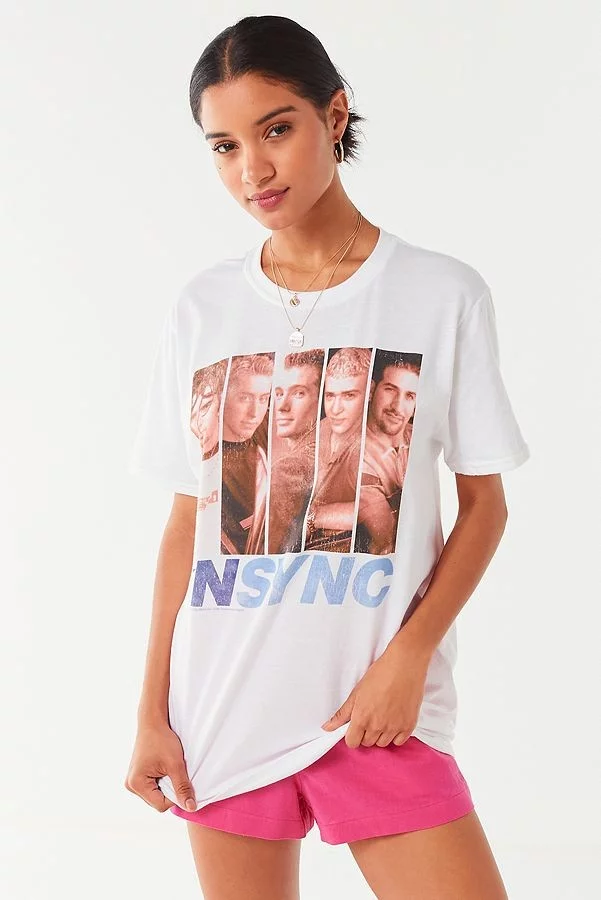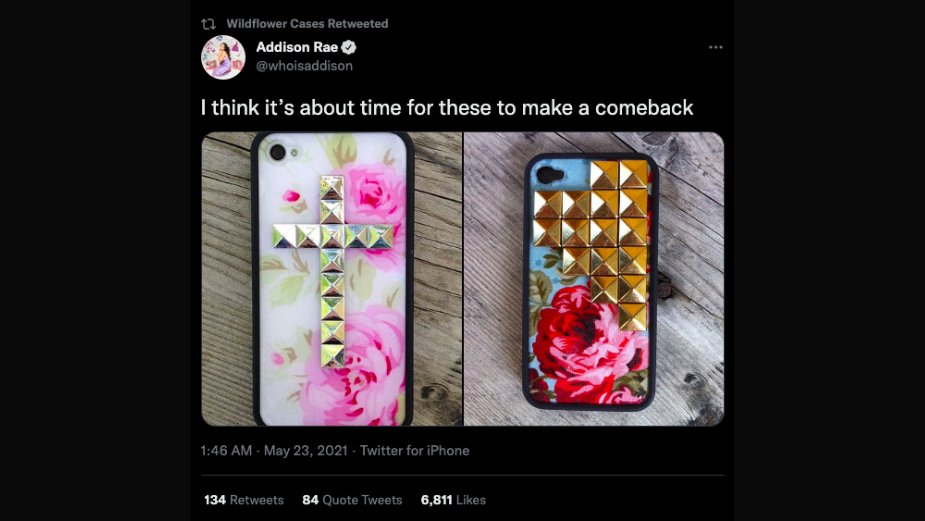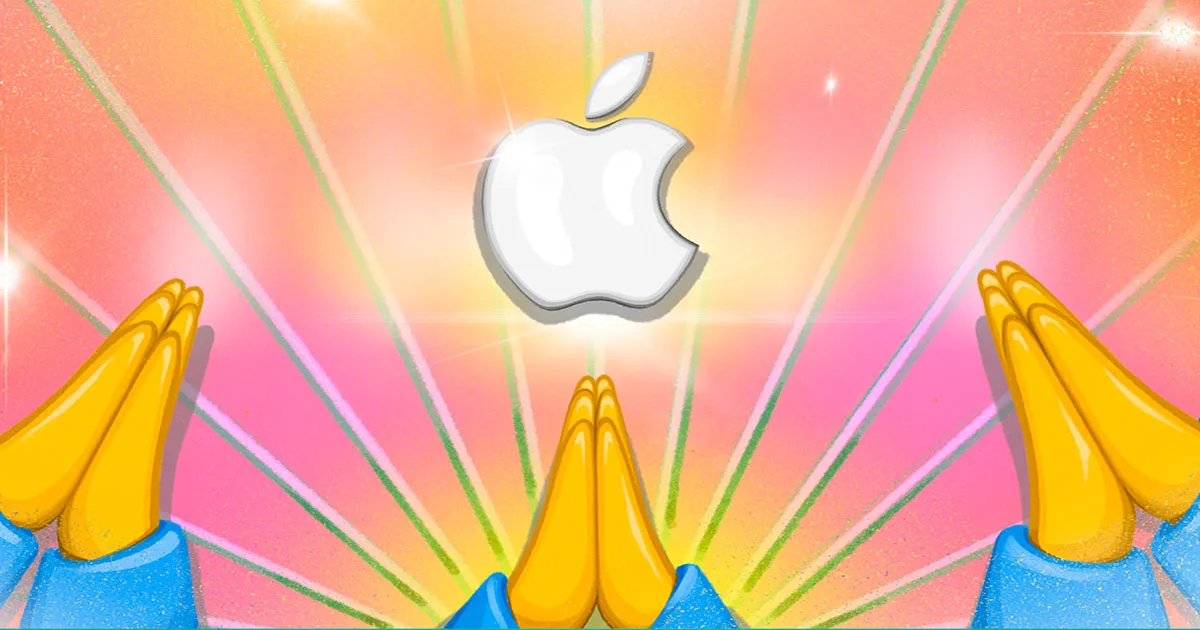This post was originally published in Little Black Book
There’s no question that nostalgia has captivated Gen Z’s attention. From Y2K fashion and accessories flooding middle schools across the globe to the TikTok trend showcasing young people’s parents in full 90s grunge, Gen Z has a tendency to look at any era through rose-colored glasses. This younger generation craves the sentimental longing of the past in fashion, entertainment, and trends and uses it as a way to seek comfort and connection. These styles enable them to romanticize the past, escape, and cope with the often dark realities of today. For them it’s a simpler time; before COVID-19 remote learning, and an economic recession that's affecting their entrance into the job market, and before social media and online pressures became so omnipresent.

Redefining the Nostalgia Timeline
Gen Z is also changing what it means to be nostalgic, and shrinking the amount of time it takes for something to be nostalgic. Nostalgia to Gen Z can mean last summer, or even just last week. Viral TikTok trends and Twitter memes recall elementary school memories, from the floor scooters used in gym class to the feeling of being underneath the rainbow parachute. Gen Z was born in the early 2000s, and their nostalgia taps into fairly recent childhood memories.
pov: when you were actually excited about gym class pic.twitter.com/JkJHG6TRCJ
— JOLLY J✨ (@DynamoSuperX) April 22, 2021
Perhaps one of the most apparent ways in which this nostalgic shift showed itself was during the height of the pandemic. In a time of so much loss, change and discomfort, people longed for familiarity and a romanticized past – no matter how recently that might have been. Gen Z shared online in June how they missed April, and in December, they missed June.
@james_ikin In honour of it being March again next month, feeling weirdly nostalgic #lockdown #memories #tiktokaudios #lockdowntiktok #nostalgia #nostalgic ♬ original sound - Aujonta
Today, the shortening of the nostalgia life cycle is apparent in TikTok accounts dedicated to nostalgia reflecting on trends of 2016 and songs from the summer of 2019. Recently, Wildflower phone cases reminisced on their past case styles from 2014 and brought back a Tumblr-era throwback to their collection. Influencer Addison Rae initiated the campaign, tweeting that she was ready for “a comeback.” Younger consumers not only want to buy products that spark nostalgia, but they’re eager to support brands that deeply understand the fast-moving cycle of reliving trends.

@nostalgia__hub Who want to go back? 😢 #nostalgia #nostalgic #2016 #childhood #fyp #usa #trend #foryou #foryoupage #viral ♬ originalljud - absolutesnacc
In contrast to Gen Z’s excitement, older consumers (cough cough, Millennials), commented that the studded design and iconic floral look came back too soon. While it was an homage to the brand’s 10-year-anniversary, naysayers argued it had not been enough time for it to make it back to the trend cycle. The changing definition of nostalgia plays out here, as we see older generations uncomfortable with the idea and Gen Z consumers hungry for the return of a recently extinct trend.
Why Does this Matter for Brands?
Tapping into the “true” meaning of nostalgia with retro styles and vintage fonts is still a very valuable tool for brands to utilize. However, the changing use of nostalgia is something that brands have to pay close attention to.
There’s a fine line between brands coming across as disingenuous and forced when tapping into microtrends, and nostalgia is no exception. With the ever-changing online landscape, once the trend has left, it feels like eons of time have passed. Not only has a trend passed, but so has an era, making it feel nostalgic despite being months, or even weeks ago. Brands like Wildflower have tapped into a version of this, bringing back 2014 styles as opposed to their usual 90s-inspired looks. With product drops frequently selling out within days, the success is clear. This new nostalgia is a space that resonates with young consumers and if the brand voice aligns, the potential for brands to connect with Gen Z is strong.
Brands like Wildflower have tapped into a version of this, bringing back 2014 styles instead of their usual ’90s-inspired looks. With product drops frequently selling out within days, the success is apparent. This new nostalgia is a space that resonates with young consumers, and if the brand voice aligns, the potential for brands to connect with Gen Z is strong.


